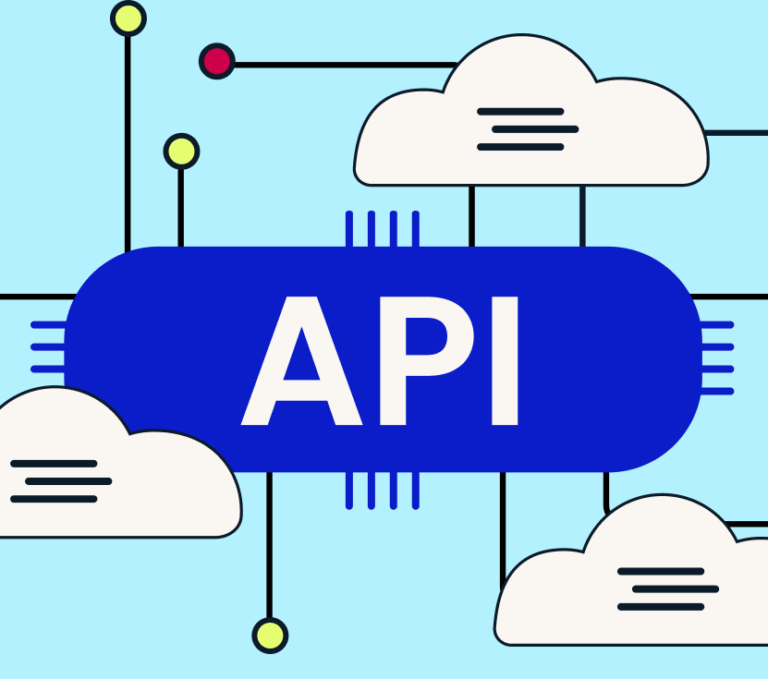How to increase your website’s performance
Web performance is one of the critical factors in Google’s search ranking algorithm. This article will tell you how to take your site’s performance to the next level.
TAKE YOUR SITE’S PERFORMANCE TO THE NEXT LEVEL
Web performance is one of the critical factors in Google’s search ranking algorithm. This article will tell you how to take your site’s performance to the next level.
If you’ve come to this page, it’s likely you run a website and are wondering how to boost its performance. Maybe you’ve been experiencing poor page load times or dropouts as of late and want to know how to stop these issues in their tracks.
In this article, we’ll walk you through everything you need to know about increasing your website’s performance. Specifically, we’ll discuss why maintaining optimal performance is so important and the central role it plays in Google’s search algorithm.
THE METRICS GOOGLE LOOKS FOR
When somebody types a search query into Google, the engine usually returns millions of results—but only five to nine results show up on the first page. And the vast majority of users will never bother to visit page two.
So, if you want more visitors to your website, it’s absolutely critical to fight for a first-page position when someone enters a relevant search query.
Google considers a huge number of factors when ranking websites, including content quality, relevance, and—what this article’s all about—performance. A website that loads slowly is unlikely to appear on the first page of results.
Keep in mind that desktop and mobile optimisation is distinctly different. A website might score 80/100 for desktop optimisation and a 40/100 for mobile–and with more than 50% of today’s web searches coming from mobile, it’s crucial to focus on this aspect, too.
Here are some key metrics Google measures when deciding how high a website will appear in search:
- Time to Interactive
- Largest Contentful Paint
- Speed Index
- First Contentful Paint
Now, these terms probably sound complicated, but don’t worry. We’ll explain all four in the next section.
WHAT THESE METRICS MEAN
Now, let’s discuss what these four metrics mean in simple terms and talk about how to achieve an optimal score.
Time to Interactive (TTI)
Time to Interactive, also known as TTI, measures your website’s load responsiveness on a page-by-page level. It will identify when a page looks like it should be interactive, but for some reason, it isn’t. For example, a button might appear on a page, but when a user clicks it, nothing happens.
Essentially, it’s all about how quickly a website visitor can interact with your website.
Largest Contentful Paint (LCP) and First Contentful Paint (FCP)
Imagine Contentful Paint metrics like ‘painting’ content on a page. As content appears, visitors understand your website is actually loading and not just displaying a blank page. The First Contentful Paint, then, is the first piece of text or imagery that appears on the page.
Largest Contentful Paint measures how quickly a website loads the largest text block or image on the screen.
Speed Index (SI)
Speed Index simply measures how quickly a page’s contents become populated. A lower score, of course, is better!
How to optimise load times
Optimising load times—and hence increasing your website’s Speed Index, LCP, and FCP—is all about reducing complexity. As web optimisation experts, we can make this happen! Contact us today to arrange an extensive review of your website. We'll look into everything you need to change to boost your search rankings and send your traffic and conversions to new heights.
To book a website performance site audit please contact our Customer Solutions team on 03 9009 9601 or via our contact page
Like this article? Share with friends and colleagues



